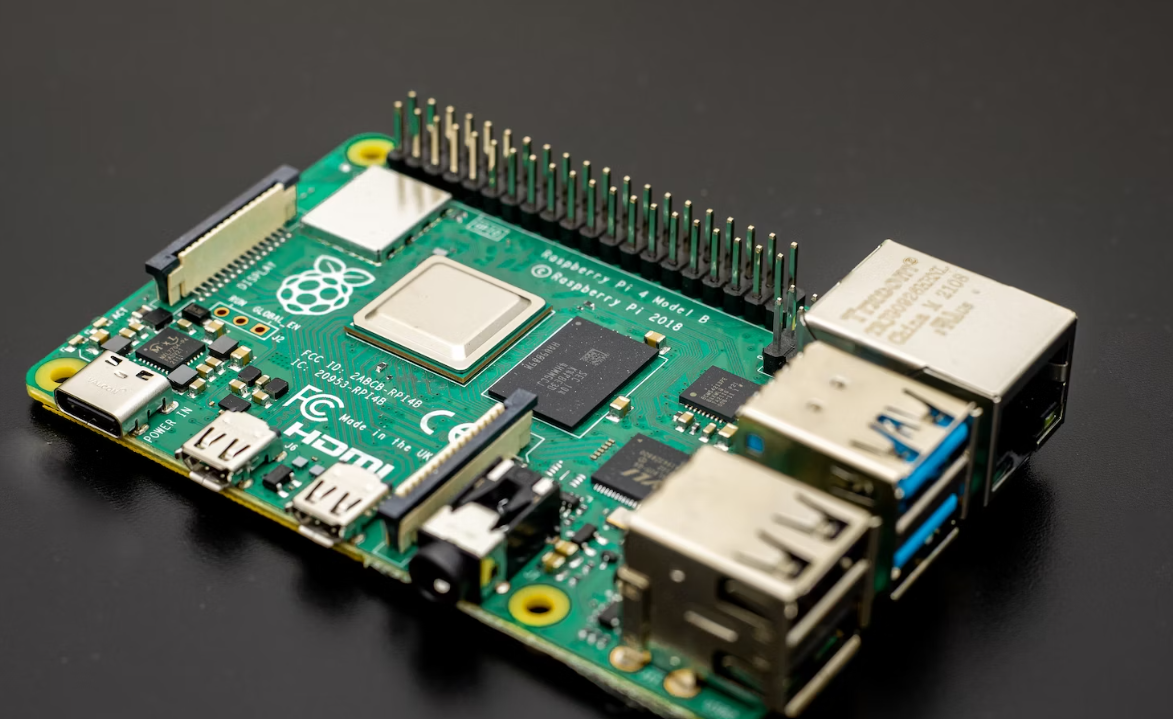-
Building a DIY Smart Home System Using Raspberry Pi
08/02/2023 at 16:39 • 0 comments![]()
In the rapidly evolving landscape of smart homes and Internet of Things (IoT) devices, the Raspberry Pi has emerged as a powerful and versatile tool for DIY enthusiasts and tech-savvy individuals. With its compact size, affordable price, and robust capabilities, the Raspberry Pi serves as the heart of countless DIY smart home projects. In this article, we will explore how to create a DIY smart home system using the Raspberry Pi and unleash the full potential of home automation.
I. Introduction to the Raspberry Pi
The Raspberry Pi is a credit card-sized single-board computer developed by the Raspberry Pi Foundation in the United Kingdom. Originally designed as an educational tool to promote computer science in schools, the Raspberry Pi has gained immense popularity among hobbyists, makers, and tech enthusiasts due to its endless possibilities and ease of use.
The latest versions of the Raspberry Pi boast impressive specifications, including quad-core processors, generous RAM, multiple USB ports, HDMI output, and GPIO (General Purpose Input/Output) pins. This combination of features makes it an ideal platform for building smart home solutions.
II. Setting up the Raspberry Pi
To begin building your DIY smart home system, you'll need a Raspberry Pi board, a microSD card, and a power supply. Start by downloading the latest Raspberry Pi operating system, such as Raspberry Pi OS (formerly Raspbian), and flash it onto the microSD card using a tool like Etcher. Insert the microSD card into the Raspberry Pi, connect it to a display via HDMI, and power it up.
III. Home Automation with Home Assistant
Home Assistant is a popular open-source home automation platform that runs on the Raspberry Pi. It offers a user-friendly web interface and supports a wide range of smart home devices and protocols, including Zigbee, Z-Wave, Philips Hue, and more. Install Home Assistant on your Raspberry Pi by following the official installation guide.
IV. Controlling Devices with MQTT
MQTT (Message Queuing Telemetry Transport) is a lightweight messaging protocol commonly used in IoT applications. It enables communication between smart home devices and the central Home Assistant hub. By setting up an MQTT broker on your Raspberry Pi, you can control and monitor various devices seamlessly.
V. Smart Lighting with Philips Hue
Integrate Philips Hue smart bulbs into your DIY smart home system using the Raspberry Pi. The Philips Hue Bridge can communicate with Home Assistant through the MQTT broker, allowing you to control the lighting in your home through the Home Assistant web interface or smartphone app.
VI. Temperature and Humidity Monitoring
Use the Raspberry Pi in conjunction with a DHT11 or DHT22 sensor to monitor the temperature and humidity in your home. The sensor readings can be transmitted to Home Assistant via MQTT, enabling you to track environmental conditions in real-time.
VII. Security and Surveillance
Transform your Raspberry Pi into a smart security camera with the help of software like MotionEye. By connecting a USB camera to the Raspberry Pi, you can monitor your home remotely and receive alerts for motion detection through Home Assistant.
VIII. Voice Control with Google Assistant or Alexa
Integrate voice control into your DIY smart home system using Google Assistant or Amazon Alexa. By linking Home Assistant with these voice assistants, you can issue voice commands to control smart devices, adjust lighting, set the thermostat, and more.
IX. Smart Irrigation System
Create a smart irrigation system to automate watering your plants and garden. Using a Raspberry Pi and a relay module, you can control water pumps and valves based on soil moisture levels, weather forecasts, or predefined schedules.
X. Energy Monitoring and Smart Plugs
Measure energy consumption in your home by installing energy monitoring devices and smart plugs. With the Raspberry Pi running Home Assistant, you can keep track of electricity usage and remotely control...
Read more »
My Pages
Things I've Built
Share this profile
ShareBits
Become a Hackaday.io Member
Create an account to leave a comment. Already have an account? Log In.

 Lutetium
Lutetium Daniel Hankewycz
Daniel Hankewycz